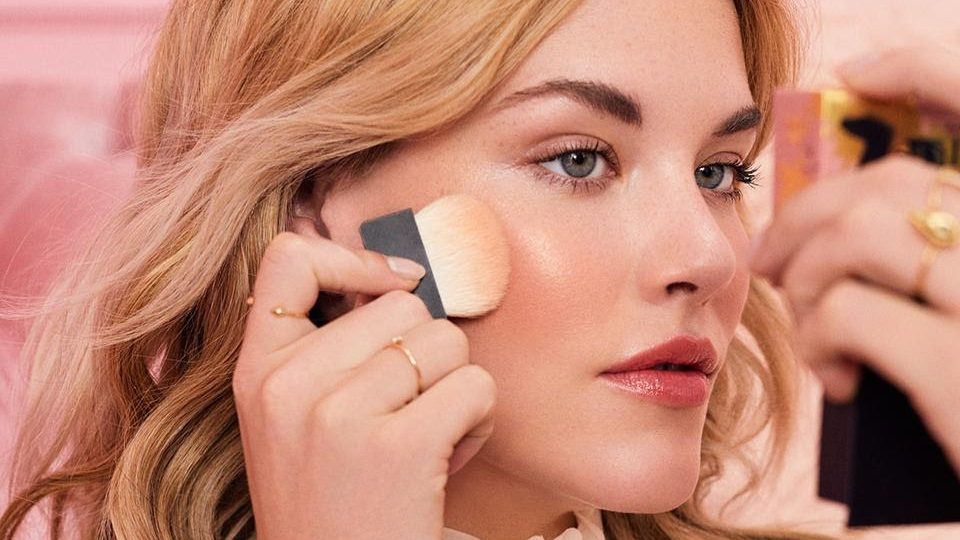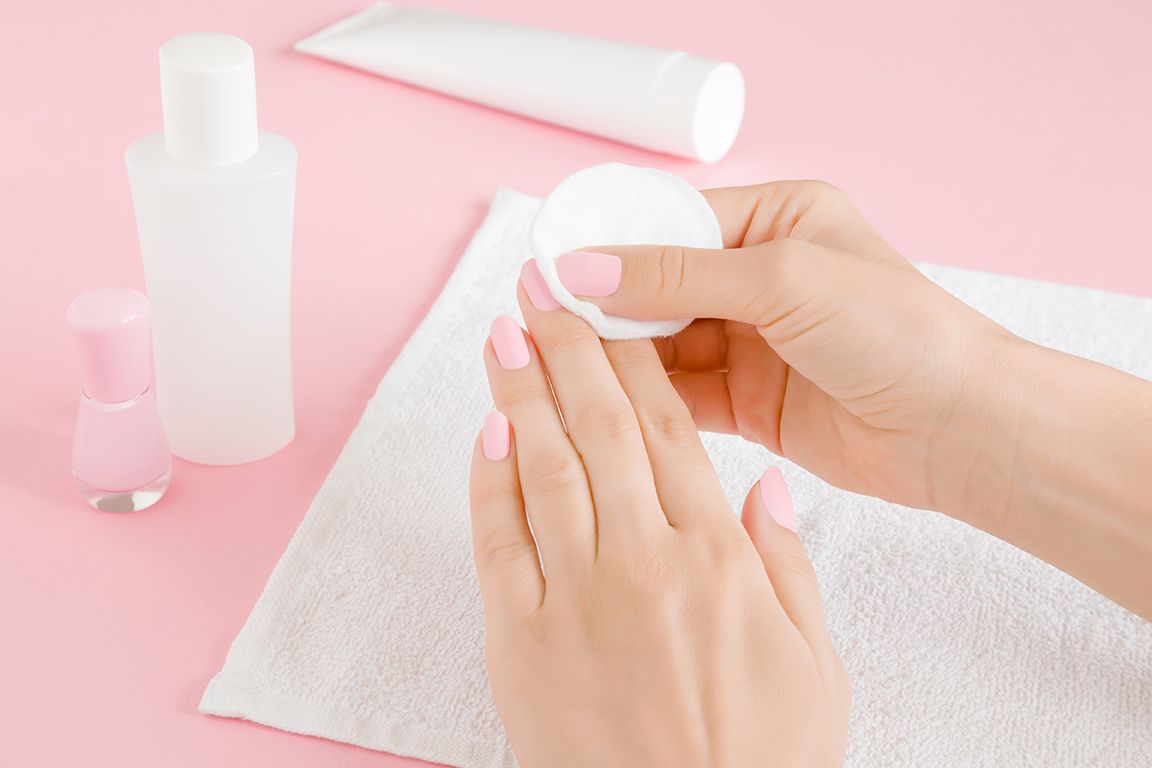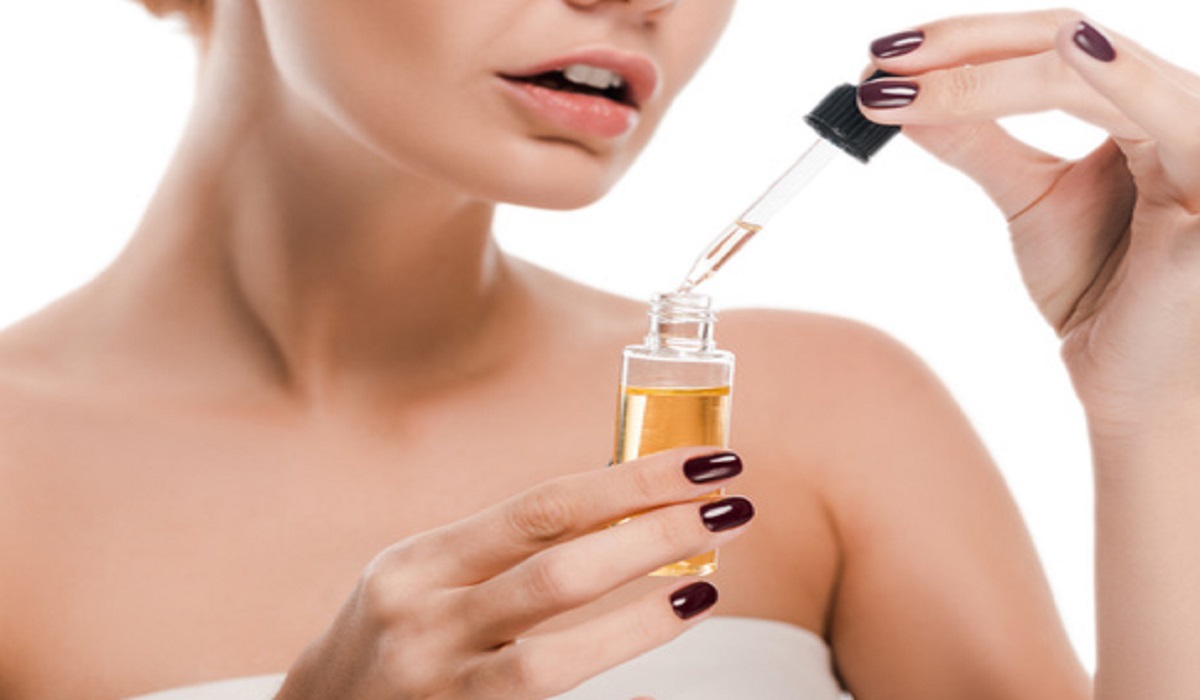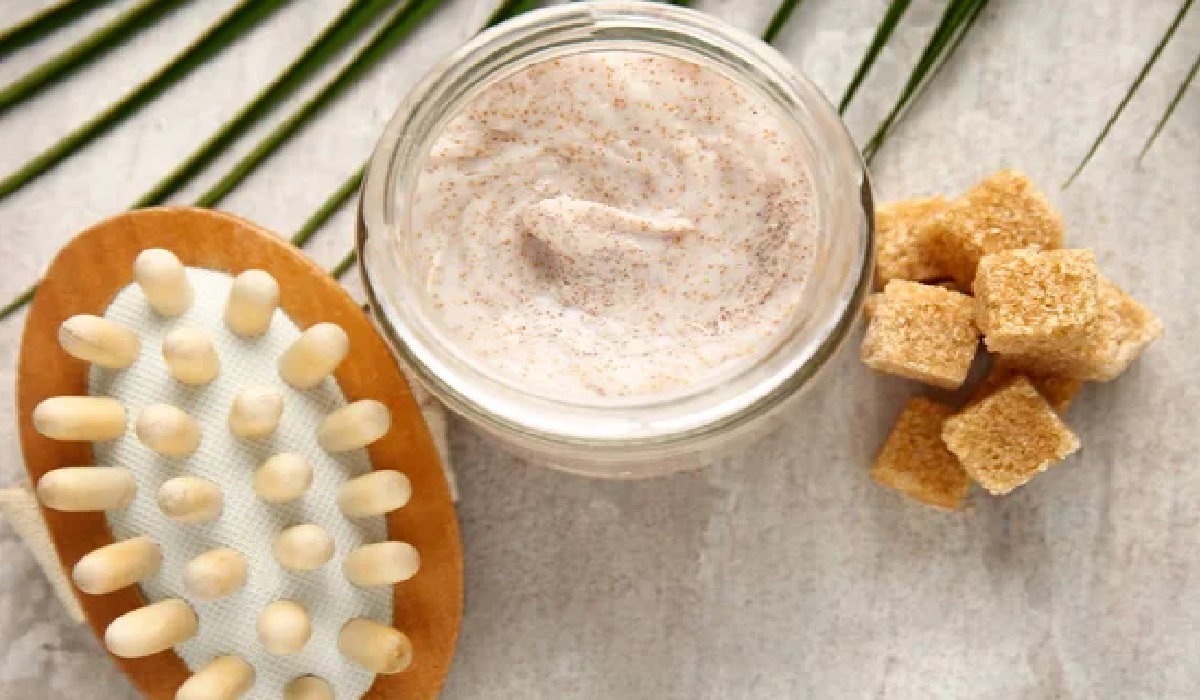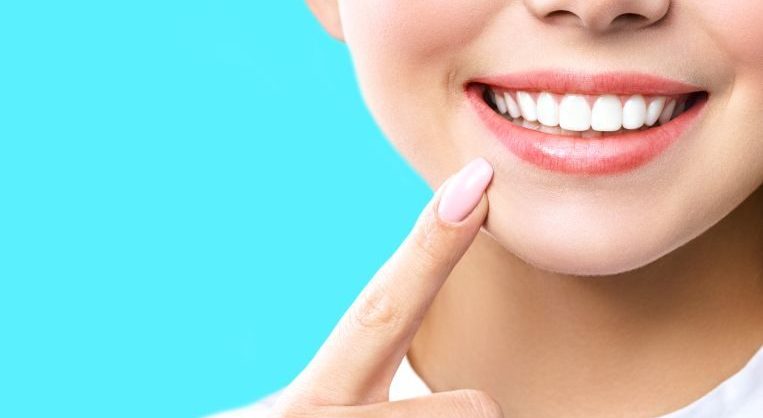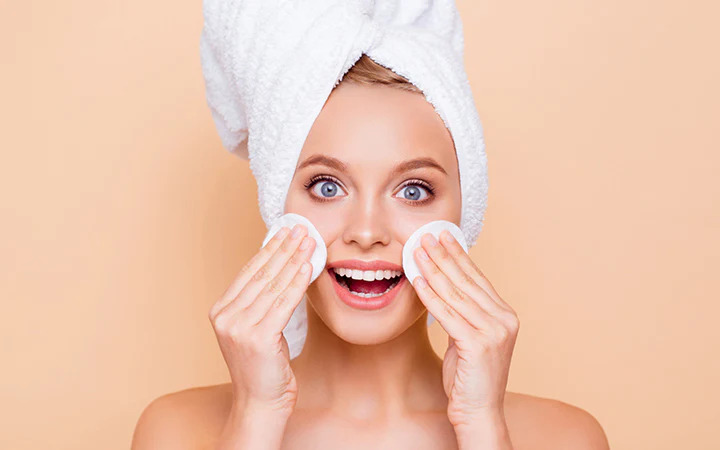
Toners and astringents are two skincare products that are often used interchangeably, but they are not the same thing. While both are used to improve skin tone and texture, they work differently and are designed for different skin types. Understanding the differences between toners and astringents can help you choose the right product for your skin and get the best results.
What is a Toner?
A toner is a liquid skincare product that is used after cleansing the face to remove any remaining dirt, oil, and impurities. Toners are designed to balance the skin’s pH levels, which can be disrupted by harsh cleansers or tap water. Most toners are alcohol-free and contain ingredients like glycerin, hyaluronic acid, and aloe vera, which help to hydrate and soothe the skin.
Toners come in different forms, including sprays, mists, and lotions. They can be applied with a cotton pad or sprayed directly onto the face. Toners are suitable for all skin types, but they are particularly beneficial for people with oily or acne-prone skin. Toners help to remove excess oil and prevent breakouts by tightening the pores and reducing inflammation.
What is an Astringent?
An astringent is a liquid skincare product that is designed to remove excess oil from the skin and tighten the pores. Astringents contain alcohol, witch hazel, or other ingredients that have a drying effect on the skin. Astringents are particularly useful for people with oily skin or those who are prone to acne.
Astringents work by removing the top layer of dead skin cells, which can clog pores and lead to breakouts. They also help to control oil production by reducing sebum secretion. Astringents are generally more potent than toners and are not suitable for all skin types. People with dry or sensitive skin should avoid using astringents as they can cause irritation and dryness.
The Key Differences Between Toners and Astringents
While toners and astringents are both liquid skincare products that are used to improve skin tone and texture, there are some key differences between them:
Ingredients
The main difference between toners and astringents is their ingredients. Toners are generally alcohol-free and contain ingredients like glycerin, hyaluronic acid, and aloe vera, which help to hydrate and soothe the skin. Astringents, on the other hand, contain alcohol, witch hazel, or other ingredients that have a drying effect on the skin.
Skin Type
Toners are suitable for all skin types, but they are particularly beneficial for people with oily or acne-prone skin. Toners help to remove excess oil and prevent breakouts by tightening the pores and reducing inflammation. Astringents are generally more potent than toners and are not suitable for all skin types. People with dry or sensitive skin should avoid using astringents as they can cause irritation and dryness.
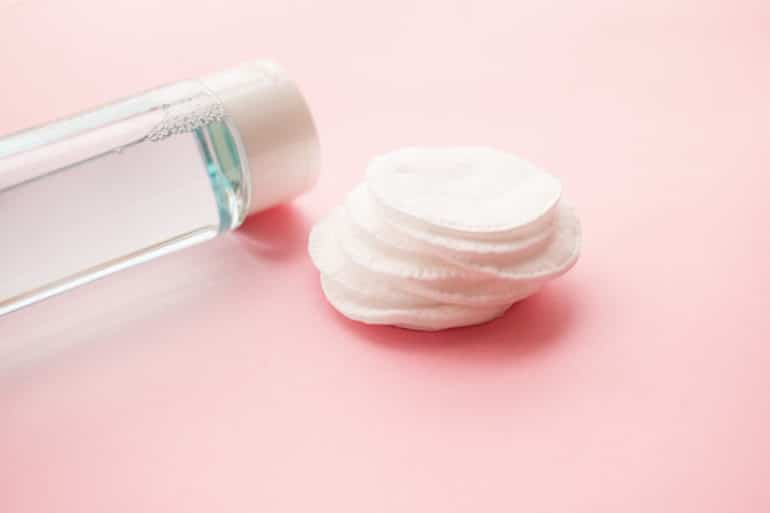
Purpose
The purpose of toners and astringents is slightly different. Toners are designed to balance the skin’s pH levels and remove any remaining dirt, oil, and impurities after cleansing. Astringents, on the other hand, are designed to remove excess oil from the skin, tighten the pores, and control oil production.
Strength
Astringents are generally more potent than toners and are not suitable for all skin types. They contain a higher percentage of active ingredients, such as alcohol and witch hazel, which can be too harsh for some skin types. Toners, on the other hand, are milder and suitable for all skin types.
Which One Should You Use?
The choice between a toner and an astringent ultimately depends on your skin type and concerns. If you have oily or acne-prone skin, an astringent may be more effective at controlling oil production and preventing breakouts. However, if you have dry or sensitive skin, a toner may be a better option as it will not dry out your skin.
It is also important to consider the specific ingredients in the toner or astringent you are using. Look for products that contain ingredients that are beneficial for your skin type, such as glycerin and aloe vera for dry skin or witch hazel and salicylic acid for oily skin.
If you are unsure which product to use, consult with a dermatologist or skincare professional who can recommend the best product for your skin type and concerns.
How to Use Toners and Astringents
Regardless of which product you choose, it is important to use it correctly to get the best results. Here are some tips for using toners and astringents:
Use after cleansing: Toners and astringents should be used after cleansing the face to remove any remaining dirt, oil, and impurities.
Apply with a cotton pad: Most toners and astringents are applied using a cotton pad. Simply soak the cotton pad with the product and gently swipe it over your face.
Avoid the eye area: Toners and astringents should not be applied to the eye area as they can be irritating.
Follow with moisturizer: After using a toner or astringent, follow with a moisturizer to hydrate and protect the skin.
In conclusion, toners and astringents are both liquid skincare products that are used to improve skin tone and texture, but they have different ingredients, purposes, and strengths. Choosing the right product for your skin type and concerns can help you achieve the best results. Remember to always use these products correctly and follow with a moisturizer to keep your skin hydrated and healthy.


